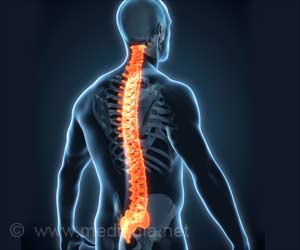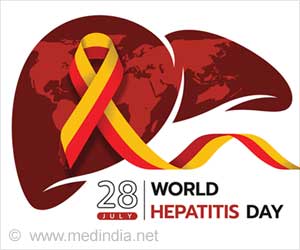Physical activity is more powerful than we thought—boosting your activity can lower your risk of death by 73%! It’s never too late to start moving.

The health benefits of physical activity have long been recognized, but estimates of the potential benefits of a given level of activity have varied for both individuals and populations.
Researchers from Griffith University have found that people over 40 could live five more years if everyone in the US were as active as the top 25% (1✔ ✔Trusted Source
Physical activity and life expectancy: a life-table analysis
).
The benefits were around twice as great as previous estimates, according to the most recent study, which used accelerometry to obtain a precise picture of the population’s levels of physical activity rather than depending purely on survey responses as in other studies.
The most active quarter of the population was found to have a 73% lower risk of dying than the least active.
For that least active quartile, a single one-hour walk could potentially return a benefit of around six additional hours of life.
Lead researcher Professor Lennert Veerman said this least-active cohort had the greatest potential for health gains.
“If you’re already very active or in that top quartile, an extra hour’s walk may not make much difference as you’ve, in a sense, already ‘maxed out’ your benefit,” he said.
Advertisement
“If the least active quartile of the population over age 40 were to increase their activity level to that of the most active quartile, however, they might live, on average, about 11 years longer.
“This is not an unreasonable prospect, as 25 per cent of the population is already doing it.
Advertisement
“It can be any type of exercise but would roughly be the equivalent of just under three hours of walking per day.”
The research team suggested low levels of physical activity could even rival the negative effects of smoking, with other research findings each cigarette could take 11 minutes from a smoker’s life.
By extension, a more active lifestyle could also offer protective effects against heart disease, stroke, certain cancers and other chronic illnesses, with the study’s findings highlighting a need for national physical activity guidelines to be revisited using these methods.
Dr Veerman said physical activity had been vastly underestimated in its capacity to improve health outcomes, suggesting even modest increases in movement could lead to significant life-extension benefits.
“If there’s something you could do to more than halve your risk of death, physical activity is enormously powerful,” he said.
“If we could increase investment in promoting physical activity and creating living environments that promote it such as walkable or cyclable neighbourhoods and convenient, affordable public transport systems, we could not only increase longevity but also reduce pressure on our health systems and the environment.”
Reference:
- Physical activity and life expectancy: a life-table analysis – (https:bjsm.bmj.com/content/early/2024/10/07/bjsports-2024-108125)
Source-Eurekalert



